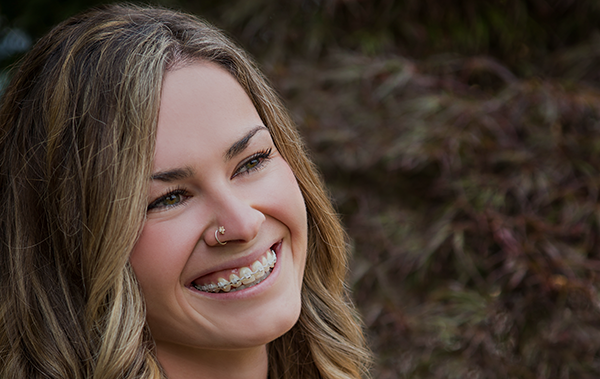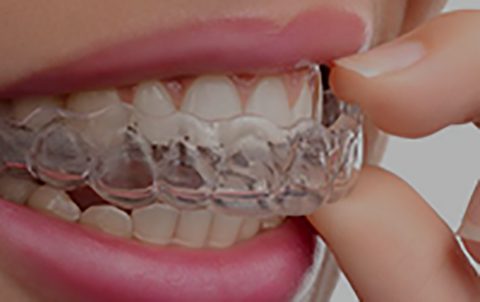Welcome!
Receiving orthodontic treatment is a life-changing experience! And choosing your orthodontist is a life-changing decision. So thank, you for taking the time to investigate!
We hope that our website will give you a taste of who we are, what we offer, and how honored and delighted we would be to work with you in developing your beautiful smile and sharing a LIFE that is truly something to smile about!
If you are thinking about making your smile beautiful and healthy and are interested in a free consultation for Invisalign or braces with a team of specialists who genuinely care about you, we invite you to call our Roseburg or Coos Bay/North Bend office! Dr. LeMert is in both offices every week.























